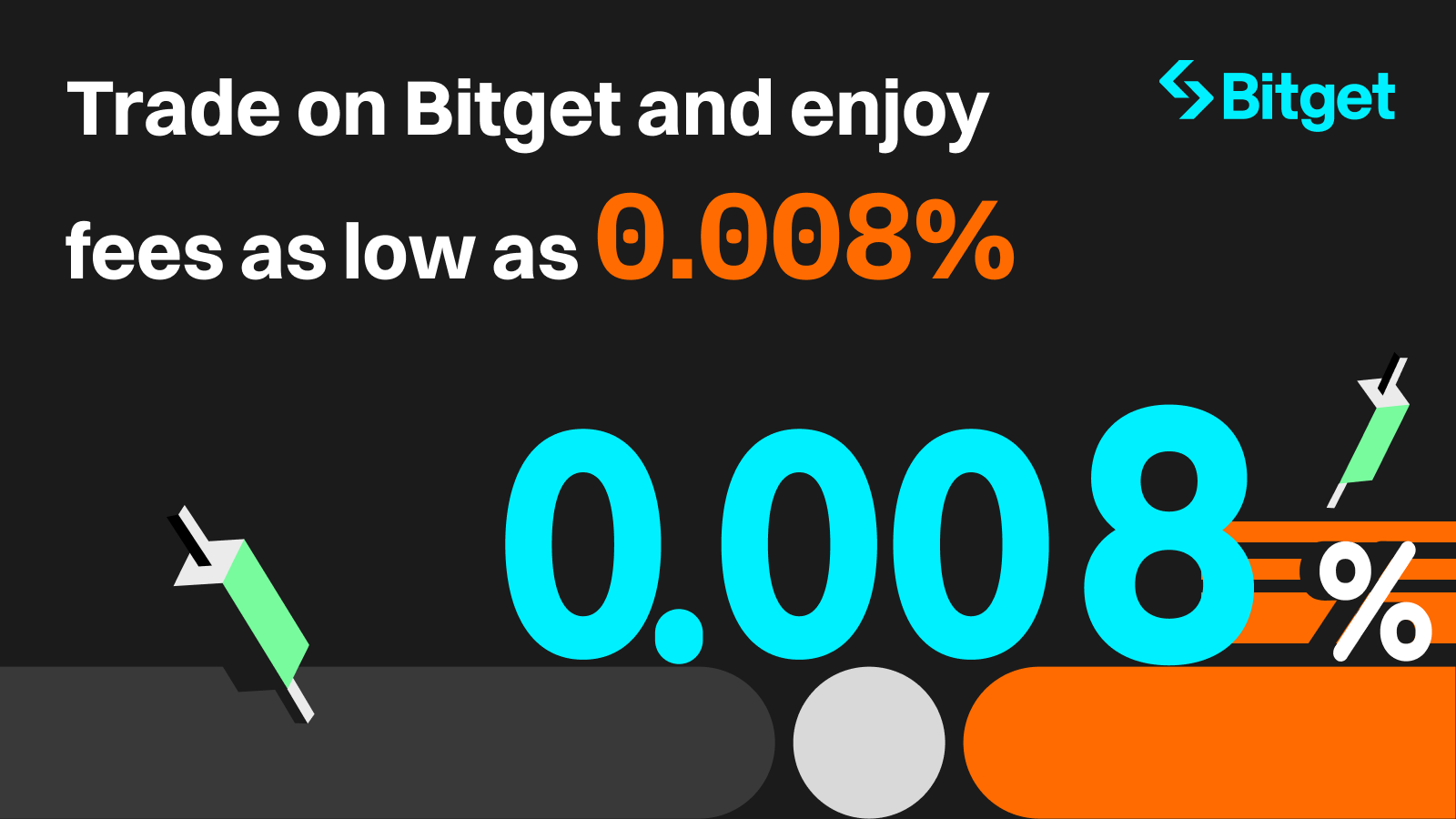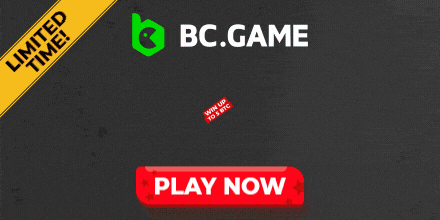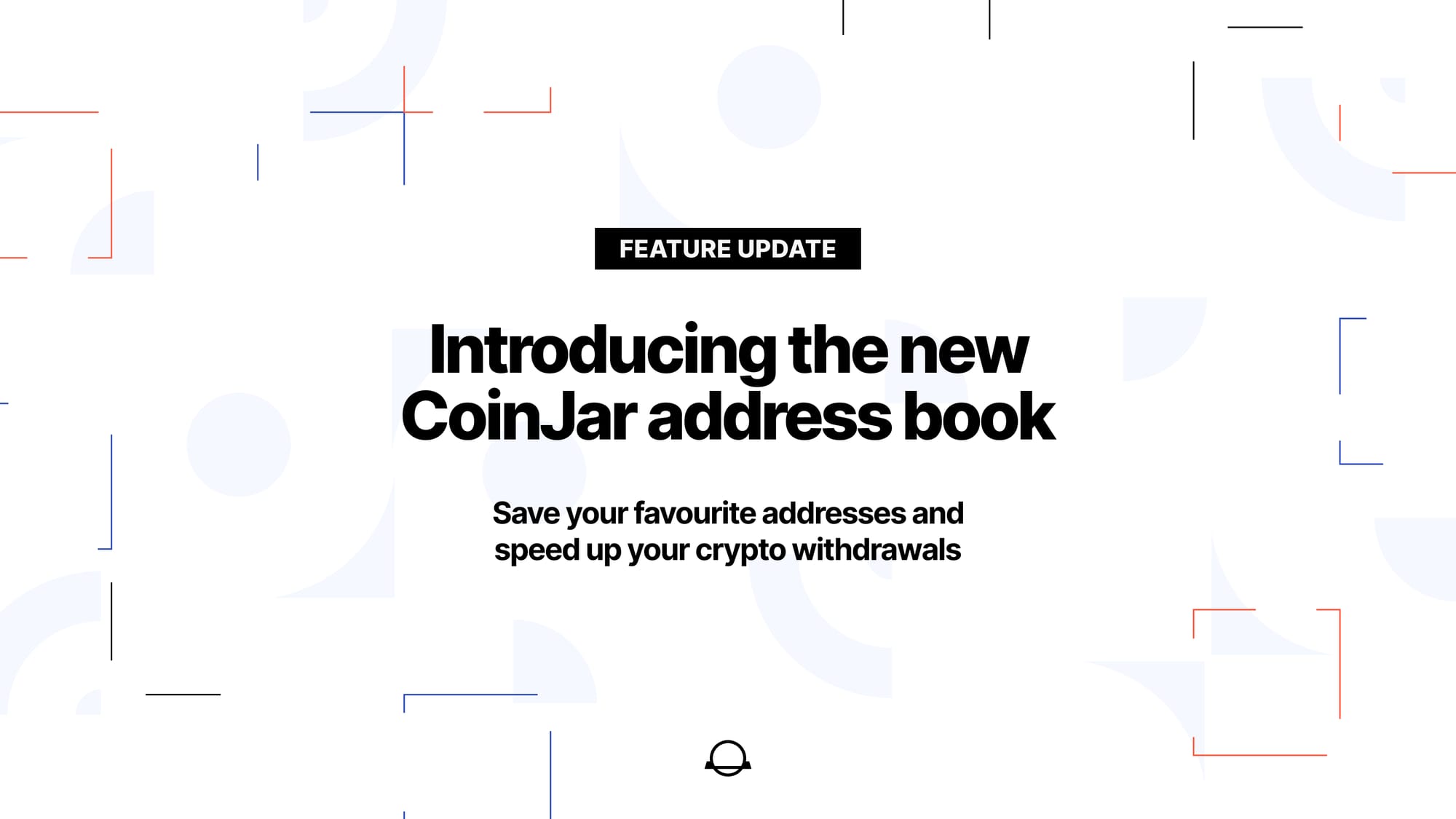
The concept of transforming tangible assets into digital tokens on the blockchain, known as Real-World Asset (RWA) tokenization, is revolutionizing the financial landscape. This innovative approach is garnering attention from traditional finance sectors due to its numerous advantages for investors. Let’s delve into what is RWA tokenization and its implications for tokenizing real-world assets.
What is RWA tokenization?
RWA tokenization involves converting physical assets into digital tokens on the blockchain. This process offers several key benefits:
- Enhanced Liquidity and Accessibility: Tokenization facilitates the buying and selling of assets that are typically illiquid or difficult to trade. It allows for fractional ownership of high-value assets, enabling a broader range of investors to participate in markets that were previously inaccessible.
- Global Investment Opportunities: By tokenizing real-world assets, geographical and financial barriers are reduced, allowing global investors to engage in markets without the traditional constraints.
- Creation of New Markets: The introduction of tokenized assets into decentralized finance (DeFi) ecosystems paves the way for innovative financial products and market participants.
Consider a high-value painting, for instance. Traditionally, its sale would be limited to a small group of affluent buyers. However, through tokenization, this painting can be divided into digital tokens, allowing multiple investors to own a portion of it. This not only increases the painting’s liquidity but also opens up investment opportunities to a global audience.
How RWA Tokenization Works?
The process of converting real-world assets into tokens involves several steps:

- Digitization: Physical assets, such as real estate or artwork, are converted into digital tokens on the blockchain. This digitization enables fractional ownership and simplifies online trading.
- Trading: These digital tokens can be traded similarly to stocks, broadening investment opportunities across various asset classes.
- Asset Management: Despite their digital form, these tokens represent real assets that require ongoing management. Asset managers ensure that token holders receive their share of profits or benefits from the underlying asset.
- Token Redemption: In some cases, token holders can exchange their tokens for a portion of the actual physical asset.
For example, a renowned painting could be tokenized into 100 digital tokens, each representing 1% ownership. By purchasing 10 tokens, you effectively own 10% of the painting, with the option to sell these tokens or earn a share of any profits if the painting is exhibited.
Use Cases for RWA Tokenization
Tokenizing real-world assets opens up diverse applications:
- Art and Collectibles: Fractional ownership of artwork or collectibles through digital tokens.
- Bonds and Loans: Digital tokens representing investments in bonds and loans, offering a more transparent investment mechanism.
- Real Estate: Tokenization allows for partial ownership in specific properties, as opposed to general real estate funds.
- Carbon Credits: Simplifying the trade of carbon credits through digital tokens.
- Renewable Energy Projects: Facilitating investments in green energy projects via tokens.

Growth and Future Prospects of RWA Tokenization
The market for tokenized real-world assets is projected to expand significantly, potentially reaching a valuation between $4 trillion and $16 trillion by 2030. This growth indicates a shift in investment paradigms, previously limited by high entry barriers.
Challenges and Rules to Think About
Despite its potential, RWA tokenization faces challenges:
- Identity Verification and Compliance: Ensuring user authenticity and adherence to legal regulations is complex.
- Interoperability: Achieving seamless trading and usage across various blockchain platforms remains a significant challenge.
- Dependence on Intermediaries: The reliance on middlemen for asset representation can pose risks if these entities fail.
Conclusion
RWA tokenization is poised to transform investment methodologies, offering enhanced liquidity, global access, and novel investment avenues. However, its success hinges on overcoming challenges related to user verification, system interoperability, and intermediary trust. As these issues are addressed, RWA tokenization could redefine asset ownership and trading in the digital era.
How to Buy Cryptocurrencies?
Bitget offers a secure and straightforward way to purchase cryptocurrencies. Known for its robust security and user-friendly interface, Bitget is an ideal choice for both new and experienced traders. To buy cryptocurrencies on Bitget, simply create an account, complete the necessary KYC procedures, deposit funds, and start trading.
Recommended posts





